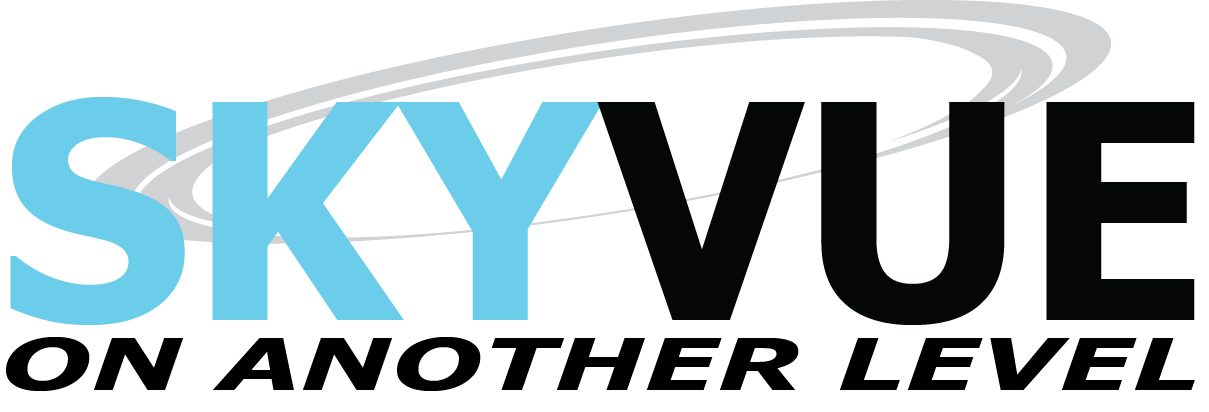How LIDAR from drones is altering the game
There is no doubting that drones are becoming an integral part of both our daily lives and those of many different companies. One important related technology that is constantly being developed and used to help open up new potential for businesses and projects is LIDAR.
In this article, we'll discuss what LIDAR technology is, why it's utilized with drone technology, how it's used to the construction industry and market, and why it's likely to gain more traction in the years to come.
LIDAR technology: what is it?
The technology utilized by construction project managers to acquire exceptionally high-quality elevation data that are phenomenally exact and enable for the most precise measurements is called drone-based LIDAR.
The term "LIDAR technology" refers to the usage of sensors that release laser beams that shoot down to the earth and reflect back. The distance from the sensor to the laser and back is then calculated and noted.
Currently, this technology is utilized to produce incredibly accurate 3D maps and models of landscapes, structures, and man-made things. This opens the door to a wide range of new creative possibilities for planning and innovation.
Is photogrammetry still preferable?
This and related tasks have previously been carried out while surveying areas using photogrammetry. The two, however, are very dissimilar. LIDAR uses lasers, which is simply much more accurate, while photogrammetry uses images, as the name suggests, to attempt to estimate the distance between two different objects or places.
LIDAR is able to provide information that was previously impossible to obtain and would need countless man-hours to include into planning, such as the timing and density of when vegetation first grows on the ground.
The level of accuracy that LIDAR can offer, though, is what really makes it popular. In fact, a LIDAR drone can deliver high-fidelity data with an astonishing precision of 2-3 centimeters and detail of 100-500 data points per square meter. This was previously incomprehensible.
How is data from LIDAR gathered?
When surveying a piece of land, the drone operator must make sure that a flight plan is created that allows for a sufficient number of overlaps so that the ground is adequately covered and the lasers can correctly and properly penetrate vegetation.
Altitude, speed, and line spacing are only a few of the many variables that must be taken into account, along with other elements like local weather and built-up areas.
Buildings and towers, which tend to absorb a lot of light, can have a significant impact on how the laser is reflected back to the sensor. Due to the fact that more accurate readings can only be obtained when flying at lower altitudes, flight plans have had to be modified as a result.
Since LIDAR technology may be expensive if improperly managed, especially when you take into account the cost of drones and unmanned aircraft technology, it's crucial to make sure you're employing the technology in a cost-effective manner when using it yourself. Nevertheless, the use of LIDAR technology in both brief, one-time applications and extensive, long-term projects has been successful.
What is LIDAR used for?
More and more applications for LIDAR are continually being found as it is improved and developed, and as the title of the article suggests, the technology is indeed altering the rules of the game for numerous global sectors.
To identify, survey, and monitor places where towers and wind turbines could and have been placed, for instance, some areas are being flown over by drones, and the resulting maps are being created.
LIDAR is being utilized to produce considerably more precise measurements in flood-prone locations, which can assist improve the results of risk assessments and increase the capacity to develop more efficient emergency preparedness procedures.
The vegetation density technology is being utilized to upgrade drainage systems in drought-stricken regions of the world so that water may be used more effectively.
As you can see, LIDAR has a lot to offer, and this is just going to increase as the technology improves and gains more notoriety. It's fascinating to consider how LIDAR will be used in the future because there are essentially no boundaries to where it can be used.
